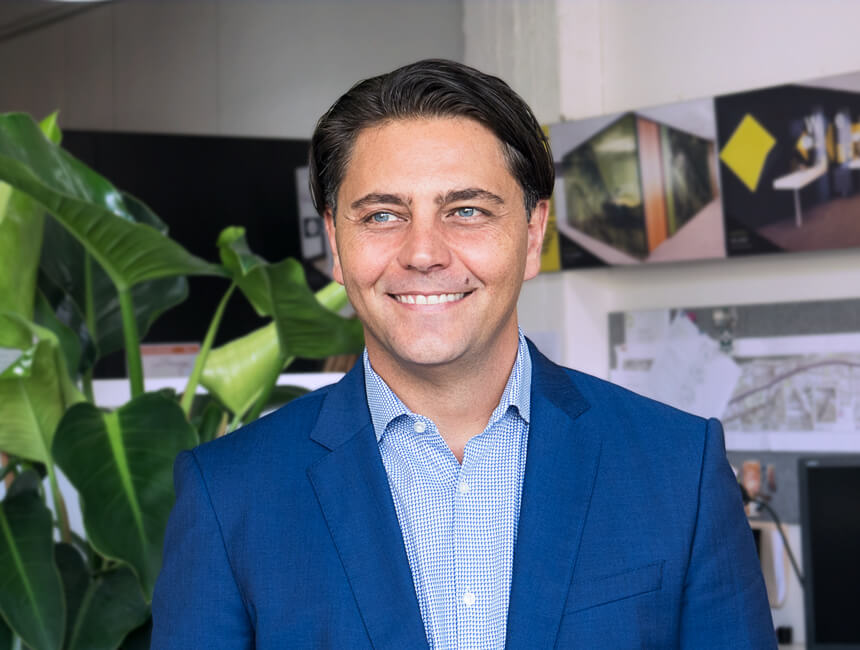If your employees and customers find your environments confusing, your brand will suffer.
In a recent interview with Optus Business, Stephen Minning – Managing Director of BrandCulture and Founder of PAM Wayfinding – tells the tale of how he first became fascinated with using technology to reimagine smart environments.
The team at BrandCulture had been working on a series of complex wayfinding projects. From hospitals to airports and universities, they encountered a confusing mix of software solutions and technology platforms. They were all difficult to use, and didn’t make it any easier to collaborate with stakeholders.
“It was every man and his dog,” says Stephen. “And it was just too complicated and too painful. So, we came up with a new approach.”
Intelligent, smart environments
In 2017, BrandCulture began working with PAM to manage some of our most complex wayfinding projects and future-proof built environments through digital signage design. PAM collaborates with place makers all over the world to create a real-time database of signage and touchpoints. This makes it easy to design personalised customer experiences. Think customised messages and alerts, or tailored maps you can take with you on your phone.
BrandCulture partners with many other leading software providers, too. But instead of piling new technology onto legacy systems, which creates more complexity, we always help our clients choose software solutions that are focused on the needs of the end user.
This is important, because as Optus Business observes: “If the environments that your employees and customers encounter are confusing, inefficient or alienating, your brand will suffer.”
So… where to begin when designing smart environments?
The rise of personalised, digitally-fused environments is a huge trend in wayfinding. But with so many technologies emerging every day, where should you start?
Stephen suggests thinking about the following key areas as a starting point: the operational experience for employees, and the transactional experience for your customers. “Avoid the temptation to cram as many software platforms and systems into a digital project as possible,” he says.
He recommends trialling digital wayfinding technology in a small area of your business or precinct. Start small, and build from there. Whichever system you use, choose platforms that will stand the test of time and remain relevant 10 or 20 years into the future.
Read Stephen’s interview with Optus in full here
